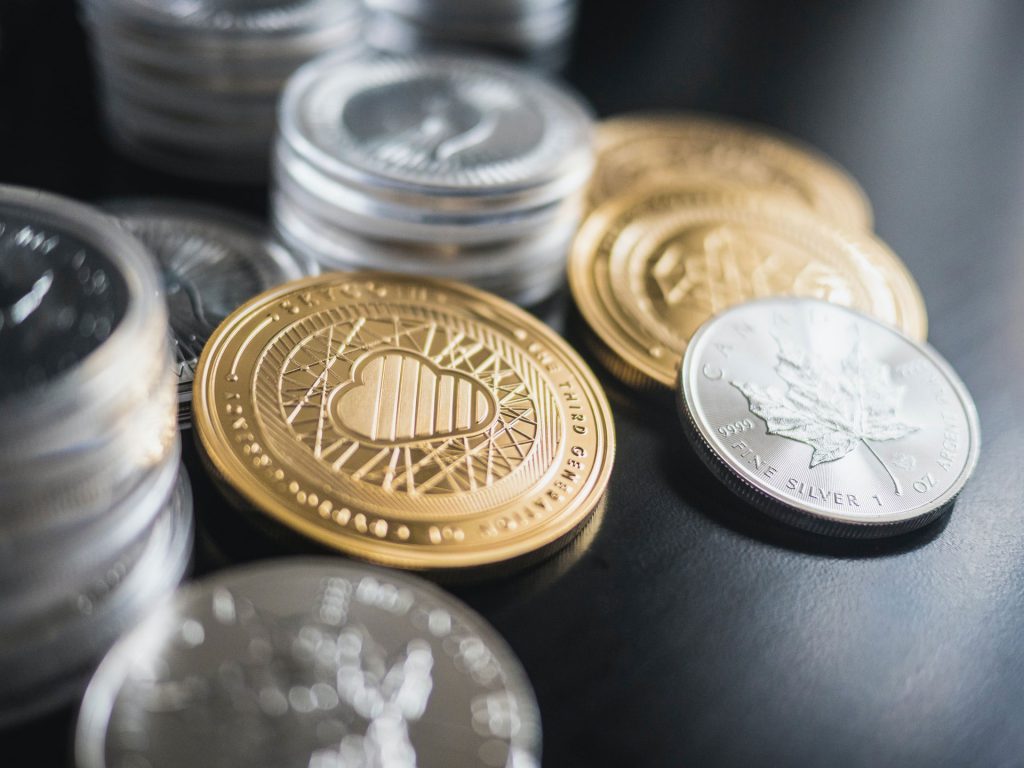Introduction
The year 2021 was a landmark year in the world of cryptocurrencies. After the sharp rise in 2020, 2021 saw massive volatility, record highs, sharp corrections—and valuable lessons for investors. If you are considering crypto as part of your investment portfolio (even as someone in agronomy with interest in precision agriculture, perhaps diversifying into digital assets), understanding what happened in 2021 can help you evaluate alternatives more wisely.
1. The problem: Why 2021 was both opportunity and risk
From an investment perspective, crypto presented enormous upside—but also large downside risk. Many investors entered without full awareness of volatility, market cycles or correlation with macro-factors. For example: institutional interest rose, regulatory headlines emerged, and speculation soared. Without a clear framework to assess risk vs return, many were caught unprepared.
2. 2021 in review – What the market did
Let’s look at two of the major tokens: Bitcoin and Ethereum, as proxies for the broader market.
Bitcoin (BTC)
- At the start of 2021, BTC was ~ US$ 29,374 on Jan 1, 2021. Datos Oficiales+2Datos Oficiales+2
- Through the year:
- In February: ~ US$ 33,537.18. Datos Oficiales+1
- In April: ~ US$ 59,095.81. Datos Oficiales+1
- In May: ~ US$ 57,828.05. Datos Oficiales
- In June: dropped to ~ US$ 36,684.93 (-36.6% month-over-month) in June. Datos Oficiales
- In August: ~ US$ 39,974.89. Datos Oficiales
- In September: ~ US$ 48,847.03. Datos Oficiales
- In November: ~ US$ 61,004.41. Datos Oficiales
- End of December: ~ US$ 57,229.83. Datos Oficiales
- Overall, BTC rose dramatically compared to 2020 (2020 close around ~ US$ 29,000) but the year ended with significant drawdown from its peaks. For example, some sources show 2021 average/close about US$ 46,306.45. DemandSage+1
- The peak highs were around US$ 64,000-69,000 in November 2021. Investopedia+1
Ethereum (ETH)
- At start of 2021: ~ US$ 1,314.99 in January. Digrin+1
- Trajectory through year:
- February: ~ US$ 1,416.05. Digrin
- March: ~ US$ 1,918.36. Digrin
- April: ~ US$ 2,773.21. Digrin
- May: ~ US$ 2,714.94. Digrin
- June: ~ US$ 2,274.55. Digrin
- July: ~ US$ 2,536.21. Digrin
- August: ~ US$ 3,433.73. Digrin
- September: ~ US$ 3,001.68. Digrin
- October: ~ US$ 4,288.07. Digrin
- November: ~ US$ 4,631.48. Digrin
- According to a review article: in 2021 ETH had a minimum ~$718 and maximum ~$4,891.70 during the year. WhiteBIT Blog
- So ETH achieved higher percentage gains (in many phases) but also carried volatility and risk.
3. What alternative investments and strategies emerged
Given the behaviour of BTC and ETH in 2021, we can draw some strategic lessons:
- Diversification within crypto: Relying solely on one coin (like BTC) may miss out on altcoin-leverage (ETH or other smaller ones) but increases risk. ETH showed a large upside in 2021.
- Timing matters significantly: For example BTC’s peak vs trough within months shows major intra-year swings. If you bought at peak, losses could be large.
- Risk-return is asymmetric: While the up moves were huge, the drawdowns were also meaningful. For agronomists or precision-ag tech persons thinking of crypto as a speculative side investment, you need to accept possible 30-50%+ drops.
- Macro and regulatory factors: The crypto market in 2021 was influenced by institutional buys, regulatory headlines, macroeconomic shifts (inflation fears, monetary policy). That means crypto is not isolated.
- Correlation and market cycles: Altcoins often follow Bitcoin’s lead (though with their own twist). If BTC falls, many altcoins fall. For investors assessing altcoins, one must consider the “BTC cycle” effect.
4. Practical alternative ideas for someone in 2021 (and hindsight)
If you had the opportunity in 2021 to invest:
- Core holding in Bitcoin: A base allocation (say 50-70%) in BTC to capture the “store of value / crypto flagship” theme. Given the price around ~US$ 29k start, you had potential upside.
- Growth allocation in Ethereum (and selected altcoins): Maybe 20-30% in ETH which had higher upside but higher risk.
- Speculative small caps / DeFi / NFTs exposure: 10-20% in higher risk altcoins tied to DeFi or infrastructure, but very careful – many failed.
- Risk management / exit strategy: Set stop-loss or profit-taking thresholds, because 2021 showed you could gain big but also lose fast.
5. What to watch going forward / for future alternatives
- Regulation & institutional adoption: If institutional flows increase, that tends to support valuations. Conversely, regulatory crack-downs may trigger sharp drops.
- Technological upgrades & ecosystem growth: For example ETH’s network upgrades, DeFi growth, adoption in real economy, etc.
- Macro backdrop: Inflation, interest rates, global liquidity matter even for crypto.
- Volatility & liquidity risk: Crypto markets are less mature than equities; be prepared for large swings.
- Tail risk & diversification: Use crypto as a portion of portfolio you can afford to lose, not necessarily the main portion.
6. Implications for someone with agronomy/precision-ag interest (your profile)
- As an agronomist focused on precision agriculture, you might treat crypto investments as a speculative diversification rather than core business capital.
- Consider the same principles you apply to precision-ag tech (data-driven decisions, risk-management, incremental investments) and apply them to crypto: small pilot exposure, monitor, review.
- Think about integrated strategy: If part of your business gets digital or tokenised (ag-tech, IoT, carbon credits, etc), you could link the crypto side with your core business rather than disparate gamble.
7. Conclusion
2021 was a standout year for crypto: big gains, big risks, dramatic volatility. For investors it offered opportunities—but only to those who understood the cycle, managed risk, and diversified. For someone entering now (or thinking of alternative investments), the lessons from 2021 are clear: don’t ignore timing, risk, macro-factors; don’t put all your eggs in one coin; treat crypto as high-risk high-reward part of portfolio. If you apply that with the same rigour you use in precision-agriculture, you’ll be better prepared.
